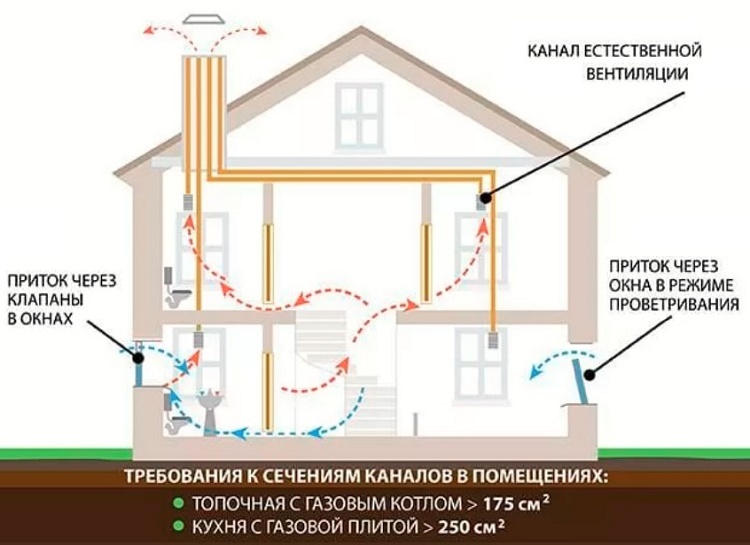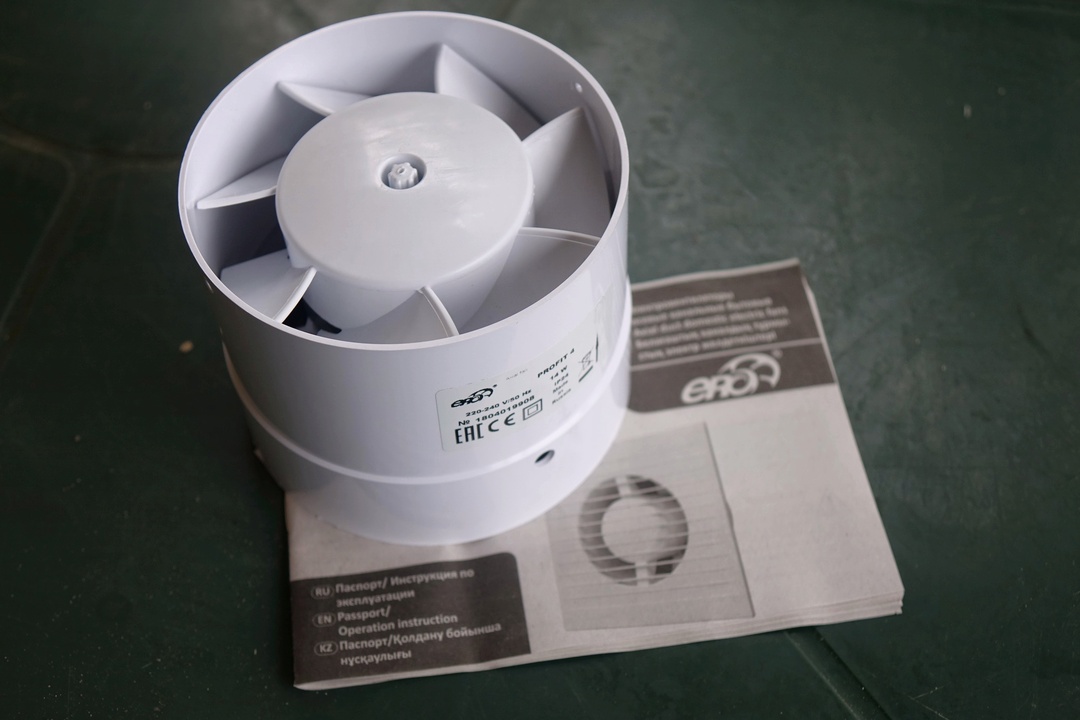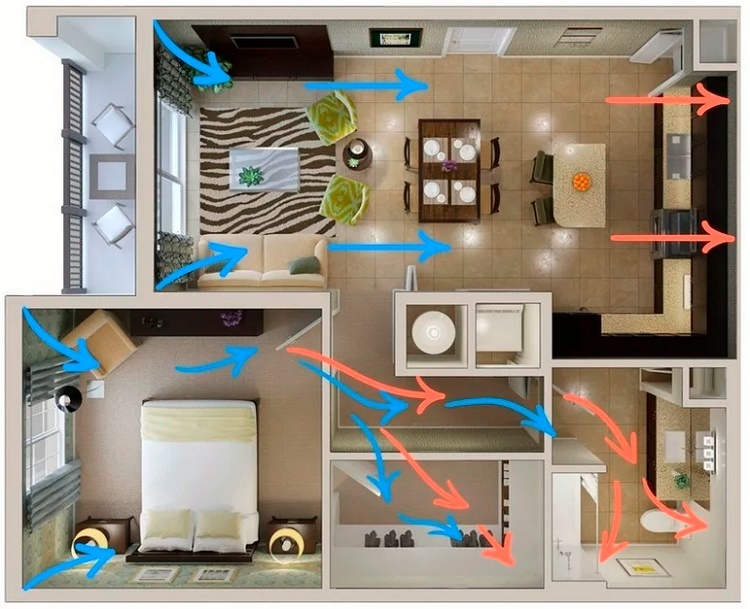Single-pipe heating system - one of the solutions for wiring inside buildings pipe connecting the heating devices. Such a scheme is seen most simple and effective. The construction of the heating branches of embodiment "single tube" costs to homeowners other cheaper ways.
To ensure the efficiency of the scheme, it is necessary to perform a preliminary calculation of one pipe heating system - it allows to maintain the desired temperature in the house and to prevent loss of pressure network. This task is quite possible to cope on their own. Doubt in their abilities?
We'll tell you what are the features of the device a single pipe installation, we give examples of working schemes, will explain how the calculations required to be performed at the stage of planning of the heating circuit.
The content of the article:
-
Apparatus pipe heating circuit
- Linking circulation rings
- The application and feasibility study
- Calculation base for mounting
- Selection of the main flow ring
- A practical example of calculation
- Conclusions and useful videos on the topic
Apparatus pipe heating circuit
Hydraulic system stability traditionally provided optimal selection of orifice conduits (Dusl). Stable circuit to implement the method of selection of diameters, without preset heating systems with thermostats, simply.
It is to such heating system has a direct bearing one pipe scheme vertical / horizontal installation of radiators and in the absence of valves in the pipework (branches to instruments).

An illustrative example of installing the radiator element in the circuit, organized on the principle of a circulating pipe. In this case, the used metal and plastic pipes with metal fittings
The method of changing pipe diameters in one-pipe heating ring scheme can accurately balance having a pressure loss place. Managing the flow of heat transfer medium within each individual heater provides setting the thermostat.
Typically in the process of constructing one-pipe heating system circuit on the first stage units are arranged strapping radiators. In the second step of circulating is performed linking rings.

The classic circuit design, where one pipe is used for the coolant flow and distribution of water on the heat sink. This scheme belongs to the most simple embodiments (+)
Construction of the binding site of a single instrument involves determining the pressure loss at the site. Calculation is performed taking into account the thermostat uniform coolant flow distribution relative to connecting points on this schematic plot.
Under the same operation is performed wicking coefficient calculation plus range determination flow distribution parameters on the closing portion. Already based on the calculated range of branches, build circulation ring.
Linking circulation rings
To qualitatively perform one pipe linking rings circulation circuit previously performed calculation of possible pressure losses (ΔRo). It does not take into account the loss of pressure regulating valve (ΔRk).
Further meaningfully coolant flow in the end portion of the circulation ring and meaningfully ΔRk (Schedule in the technical documentation on the unit) that determines the magnitude of the adjustment settings valve.
The same index can be determined by the formula:
Ap = 0,316G / √ΔRk,
Where:
- Ap - setting value;
- G - coolant flow rate;
- ΔRk - pressure loss on the adjustment valve.
Similar calculations are performed for each individual control valve single-pipe system.
However, the pressure loss in each band PB is calculated using the formula:
ΔRko = ΔRo + ΔRk - ΔRn,
Where:
- ΔRo - possible pressure loss;
- ΔRk - on RV pressure loss;
- ΔRn - pressure losses in the circulating portion of n-ring (excluding losses PB).
If the result of the calculation of the required values for the pipe heating system as a whole were not obtained, it is recommended to apply the version of one-pipe system, which includes automatic controllers consumption.

Automatic flow regulator mounted on the return water line running. The device adjusts the heat transfer fluid flow rate for the entire one-pipe scheme
Devices such as automatic controllers, are mounted on end portions of circuits (compounds nodes riser allocating threads) at the points of connection to the return line.
If technically reconfigure the automatic controller (change drain valve seats and plug), the installation of devices available and to coolant supply lines.
With flow control is carried out of circulation linking rings. It identifies ΔRs pressure loss at the end portions (risers, instrument threads).
The residual pressure loss in the circulation ring boundaries partitioned between common portions pipelines (ΔRmr) and the total flow regulator (ΔRr).
Timing adjustment value is selected by the general controller shown in technical documentation graphs, given ΔRmr end portions.
Calculate the pressure loss at the ends of the formula:
ΔRs = ΔRpp - ΔRmr - ΔRr,
Where:
- ΔRr - the estimated value;
- ΔRpp - the differential pressure;
- ΔRmr - loss on Rwork pipe sections;
- ΔRr - Losses on the general Rwork PB.
Setting an automatic regulator main circulation ring (not originally provided predetermined differential pressure) are carried out taking into account the minimum possible setting value of the setting range in the technical documentation instrument.
Quality controllability streams common controller automatic control of the pressure loss difference at each individual regulator or instrument riser threads.
The application and feasibility study
Lack of temperature requirements of chilled coolant is the starting point for the design single-pipe heating systems with thermostats TP installation on supply lines radiators. In this case, it is obligatory to equip substation automatic adjustment.

The thermostat mounted on the line supplying the coolant in the heating radiator. Used for mounting metal fittings that are suitable for use with pipes of polypropylene
Schematics, where there are no temperature-control devices on the supply lines radiators are also used in practice. But the application of such schemes due to several other priorities provide a microclimate.
Typically monotube circuit with no automatic control, applied to groups of rooms designed in view compensation of heat loss (50% or more) due to the additional devices: forced ventilation, air conditioning, electric heating.
Also, the device is found in pipe systems projects where regulations allowed coolant temperature exceeding a boundary value of the operating range of the thermostat.
Projects apartment buildings where heating operation is fastened in view of heat consumed by the counters, typically built on the perimeter one pipe circuit.

Perimeter-pipe circuit - a kind of "classics of the genre," which is often used in the practice of municipal and private housing. It is considered a simple and cost-effective for different conditions (+)
Economic justification for the realization of such a circuit arrangement of the main risers subject at different points of the structure.
The main criteria for the calculation is the cost of the two main materials: heating pipes and fittings.
According to practical embodiments perimeter pipe system, the increase in passage section piping DN twice accompanied by increased costs for the purchase of tubes 2-3. And fittings costs increase to 10 times the amount depending on the material from which the fittings are made.
Calculation base for mounting
Installation of one pipe circuit, in terms of location of work items, does not differ from the same device two-pipe systems. Trunk risers are usually placed outside the premises.
Rules SNIP recommended to keep a pad riser in special pits or trenches. Apartment branch traditionally built on the perimeter.

Example of a piping heating system specially punched indent. This version of the device is often used in modern construction
Pipelines carried out at a height of 70-100 mm from the upper boundary of the floor skirting. Or installation make a decorative skirting height of 100 mm or more, up to 40 mm wide. Modern production produced such specialized linings for installation of plumbing or electrical communications.
Tying radiators performed scheme "top-down" with a supply pipe on one side or on both sides. Location thermostats "on a particular side of" not critical, but if heating appliance installation is performed next to the balcony door, TR installation necessarily operate at the far side of the door.
Laying of pipes for skirting seen as advantageous from a decorative point of view, but makes remember the disadvantages when it comes to passing the areas where there is the indoor door openings.

Pipelines laid under the decorative molding. We can say a classical solution for one-pipe systems introduced in the new buildings of different classes
Compound heating devices (radiators) monotube with risers carried by the schemes admitting slight linear expansion pipe or elongation compensation schemes tubes due to temperature differences.
The third option circuitry, where it is supposed to use a three-way control, not recommended for reasons of economy.
If it is recommended to use the system unit includes installation of risers, hidden in the wall Grooves in an angular connection fittings thermostats type RTD-G and shut-off valves in a series of similar devices RLV.

Connection Options: 1.2 - for systems allowing linear extension tubes; 3,4 - for systems designed for the use of additional heat sources; 5.6 - solutions on three-way valves are considered to be unfavorable (+)
The diameter of the branch pipe to the radiator is calculated from the formula:
D> = 0.7√V,
Where:
- 0,7 - coefficient;
- V - internal volume of the radiator.
A branch is performed with a certain bias (less than 5%) in the direction of the free coolant exit.
Selection of the main flow ring
If the design solution involves heating device on the basis of several circulating rings is necessary to choose the main circulation ring. Selection theoretically (and in practice) should be performed on the maximum value of heat transfer most remote radiator.
This parameter is in some degree affect the assessment of the hydraulic load as a whole, attributable to the circulation ring.

Circulation ring in the form of block diagram. Different design options such rings may be several. Thus only one ring is basic (+)
Calculated heat transfer device distant formula:
Amn = Q B / Qop + ΣQop,
Where:
- amn - calculated heat transfer remote device;
- QB - necessary heat transfer remote device;
- Qop - heat transfer from the radiator to the room;
- ΣQop - the amount of heat required of all system devices.
When this parameter is the amount of heat required may consist of the sum of the values of devices designed to serve the building as a whole or only part of the building. For example, when the heat calculation separately for areas covered by a separate riser or individual areas served by a branch of the instrument.
In general, the calculated heat transfer any other heating radiator installed in the system, another bit is calculated by the formula:
Amn = Qop / Qpom,
Where:
- Qop - the necessary heat transfer for an individual radiator;
- Qpom - Heat the need for a particular room, where a single pipe circuit is used.
The easiest way to understand the use of the calculations and the obtained values can be a concrete example.
A practical example of calculation
For residential homes require one-pipe system is controlled by a thermostat.
The rated capacity of the appliance at maximum capacity boundary setting is 0.6 m3/ Hr / bar (k1). The maximum possible throughput characteristics for this value adjustment - 0.9 m3/ Hr / bar (k2).
The maximum possible pressure difference TP (at 30dB noise level) - not more than 27 kPa (ΔR1). Pump head 25 kPa (ΔR2) Operating pressure for the heating - 20 kPa (? P).
It is necessary to determine the range of pressure losses for TP (ΔR1).
The value of the internal heat transfer was calculated as follows: Att = 1 - k1 / k2 (1 - 06/09) = 0.56. Hence the calculated desired pressure range to the losses TR: ΔR1 Att =? P * (20 * 0.56... 1) = 11.2 kPa... 20.
If independent calculations lead to unexpected results, it is best to contact the experts, or to check the computer to use a calculator.
Conclusions and useful videos on the topic
A detailed analysis of the calculations with the help of a computer program with the notes on installation and improve the functionality of the system:
It should be noted that a full-scale calculation of even the simplest solutions is accompanied by a weight calculated parameters. Of course, all without exception calculate true heating provided the organization structure close to the ideal structure. However, in reality there is nothing ideal.
So often rely on the calculations as such, as well as practical examples and the results of these examples. Especially popular this approach for private housing.
Got something to complement, or any questions regarding the calculation of one-pipe heating system? You can leave comments to the publication, participate in discussions and share their own experiences arrangement of the heating circuit. Contact form is in the lower block.


